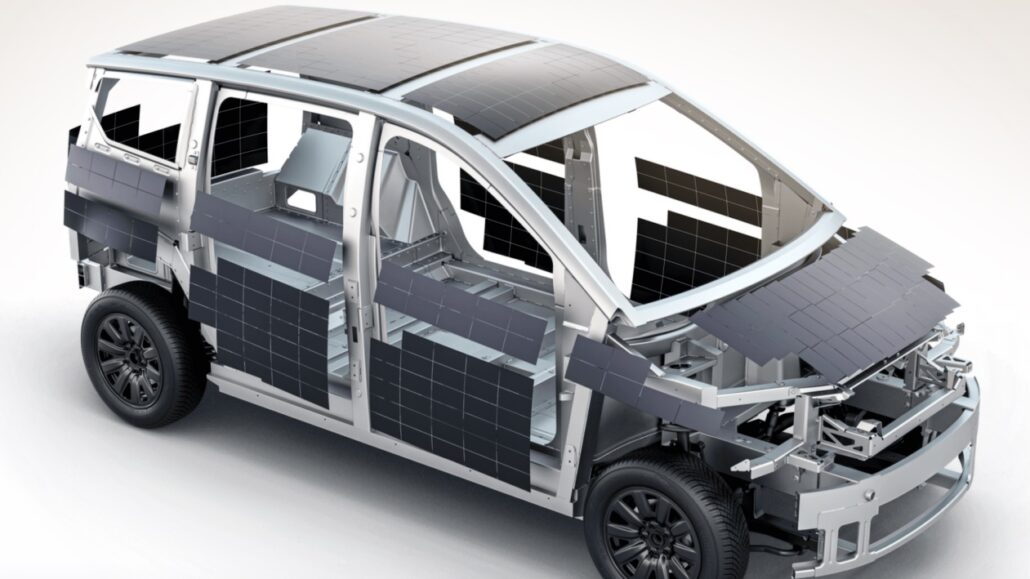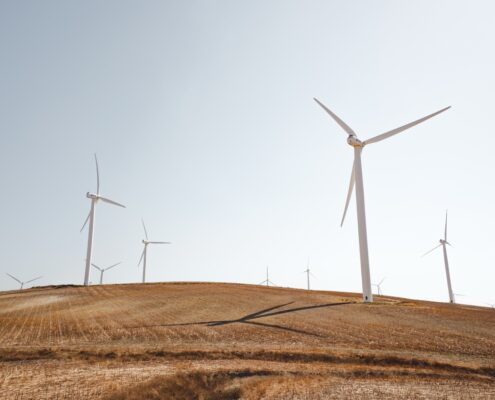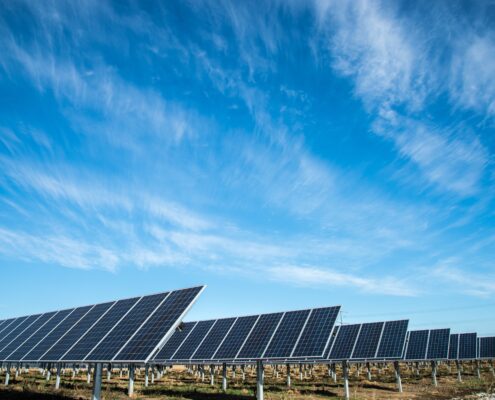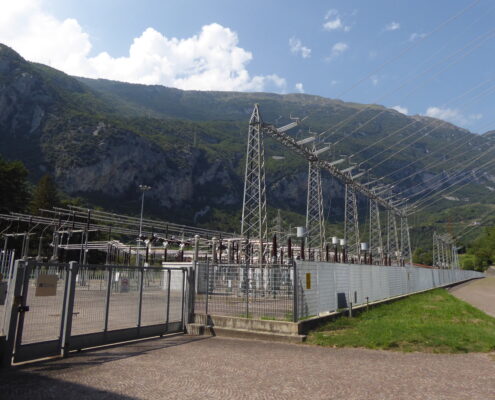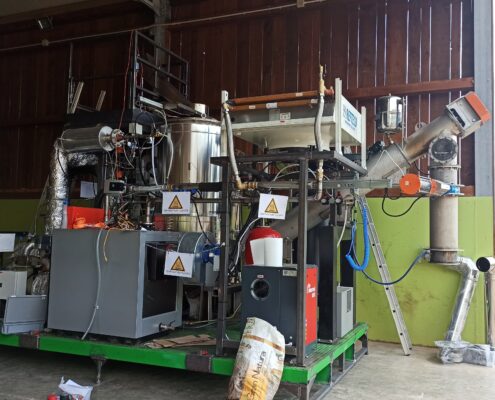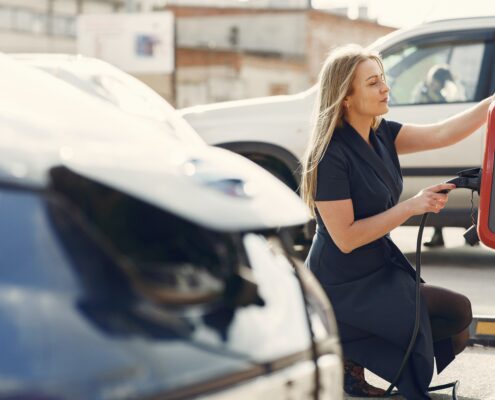 https://greenmarked.it/wp-content/uploads/2023/12/tom-dahm-Tvnfjn4n00I-unsplash-scaled.jpg
1438
2560
Lorenzo Barbieri
https://greenmarked.it/wp-content/uploads/2022/01/LOGO-GREENMARKED-SITO-600x600.png
Lorenzo Barbieri2023-12-08 19:15:292023-12-11 21:23:33The Point of View of AI
https://greenmarked.it/wp-content/uploads/2023/12/tom-dahm-Tvnfjn4n00I-unsplash-scaled.jpg
1438
2560
Lorenzo Barbieri
https://greenmarked.it/wp-content/uploads/2022/01/LOGO-GREENMARKED-SITO-600x600.png
Lorenzo Barbieri2023-12-08 19:15:292023-12-11 21:23:33The Point of View of AIJuly 29, 2022
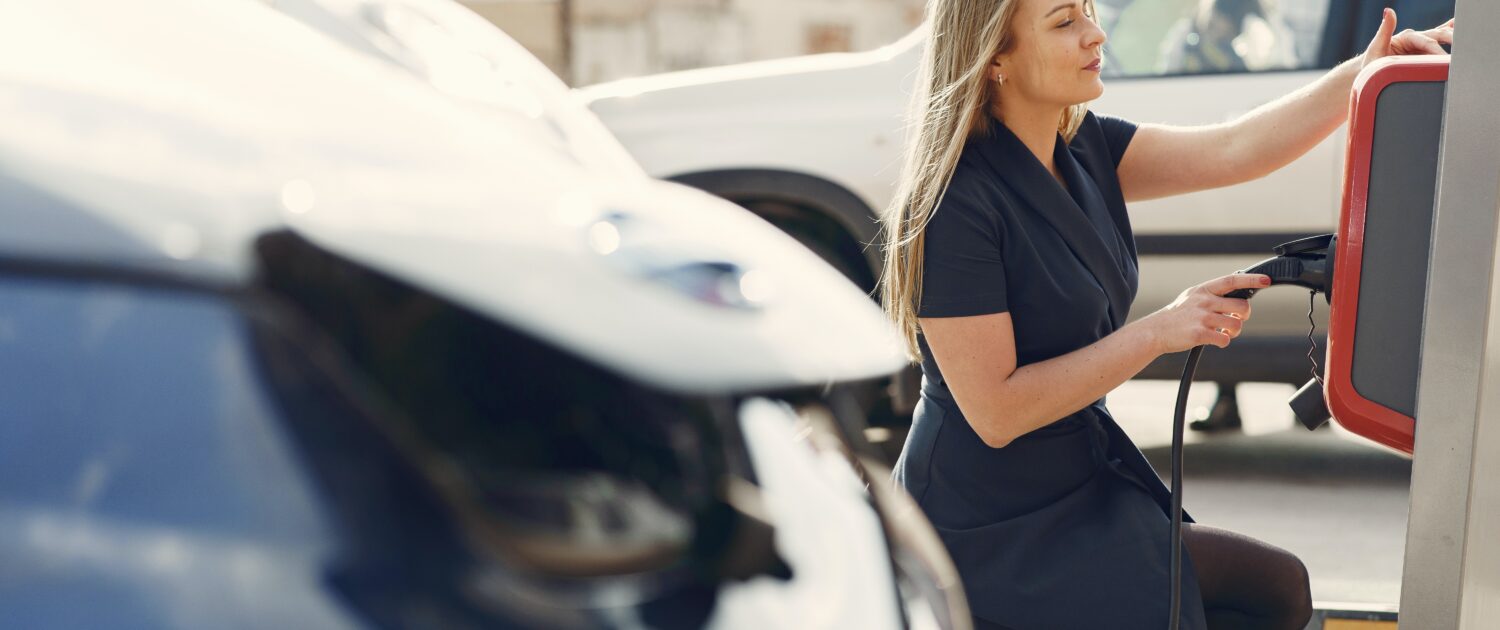
On Wednesday, June 8, the European Parliament pronounced itself: from 2035 in the European Union, cars for sale must have zero tailpipe emissions [1]. This means that, in practice, only electric and hydrogen-powered cars will still be allowed to be put on the market. It is currently unknown what will happen to combustion engine cars already on the road after this date, but it will surely be clarified in time.
Promoting “zero tailpipe emissions” actually penalizes non-electric vehicles that already travel with zero emissions [4]. Biofuels are many, but the best known for automotive applications are bioethanol (with properties similar to gasoline), biodiesel, and biomethane. In this case the term bio is not related to organic farming, but rather to the fact that it is derived from organic products.
In Europe (including Italy) there are many entities producing biomethane, a biofuel that can be produced from livestock farms or organic waste. In Trento, for example, the entire fleet of CNG buses for urban transport run on biogas from July 2021 [5]. Another reality at the forefront of biofuels can be found in Emilia-Romagna, where the farm Cascina Bosco Gerolo produces and also sells biomethane to private individuals [6]. In this time of energy crisis, this is a double victory: we can already travel to zero emissions with low costs, mostly independent of fluctuations in fossil fuel costs. At the moment (July 28, 2022), the average price of automotive methane in Italy is 2,261 €/kg [7], while at the Bosco Gerolo distributor, biomethane is sold for only 1.29 €/kg.
But if biogas will no longer be relevant for automotive, it can definitely be relevant for those sectors that cannot be electrified. In a recent report by MIMS (Ministry of Infrastructure and Sustainable Mobility) titled “Decarbonizing Transportation – Scientific Evidence and Policy Proposals” [8] they take a detailed look at the future of mobility and also talk about biogas, explaining how it may be very relevant to fuel industries or to produce electricity. According to their most optimistic estimates, we may be able to produce as much as 14 percent of our methane needs internally. Similar conclusions were drawn by French researchers at Carbone4, in their 2020 report on the decarbonization of transport.
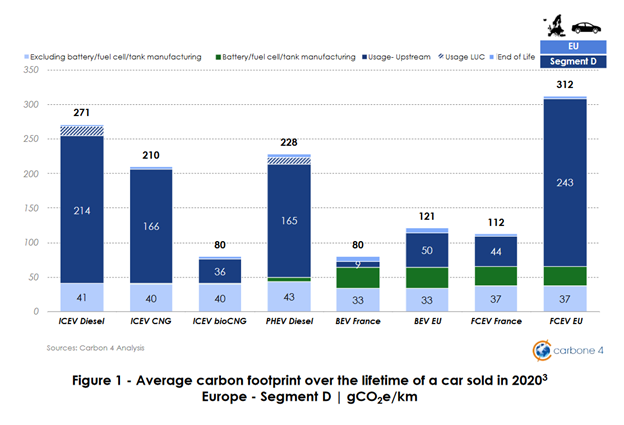
Fig. 2: From Carbone4 report [9], the cars with the smallest average carbon footprints over the entire lifecycle are electric (battery) and bio gas powered models.
One reference to life cycle analysis of cars on the market is Green NCAP, an independent initiative that promotes the development of clean, energy-efficient cars that cause the least harm to the environment [12].
In the reports of MIMS and Carbone4 [9], we talk not only about light mobility, but also about heavy transport. While the EU has decreed that from 2035 no more combustion cars will be sold, this is not yet true for heavy transport. This category is certainly more complicated to electrify, and several solutions are currently being developed, including 1 MW charging points, portions of highways equipped with electric lines for railroad-style charging on the move, and even plans to allow batteries to be swapped on the fly.

Fig. 3: Electric heavy vehicles have been used in Italy before, as in this 1939 testimony in Valtellina. Source: [10]
In any case, the industry is moving ahead of the legislators on this one: the ACEA (The European Automobile Manufacturers’ Association), of which Iveco, Daimler, DAF, Ford, Man, Scania, and Volvo are members, has made a commitment to stop the sale of fossil-fueled heavy-duty vehicles by 2040 [11].
Certainly this is a big step toward a less polluting future, but much will also have to be done to change the auto-centric model of current private transportation to smarter, more flexible and sustainable models.
Related articles:
Bibliography:
[1] Abnett, K. (2022, June 8). EU lawmakers back ban on new fossil-fuel cars from 2035. Reuters. https://www.reuters.com/business/autos-transportation/eu-lawmakers-support-effective-ban-new-fossil-fuel-cars-2035-2022-06-08/
[2] Sono Motors. The Sion – the car that charges itself. Retrieved July 29, 2022, from https://sonomotors.com/en/sion/
[3] ElectricBrands. (2021, December 14). XBUS – not a Car, but more | Innovation in motion. Retrieved July 29, 2022, from https://electricbrands.de/en/myxbus/
[4] Keating, D. (2022, June 22). EU’s 2035 ban on new thermal cars won’t spell the end of biofuels, industry says. Www.Euractiv.Com. Retrieved July 29, 2022, from https://www.euractiv.com/section/biofuels/news/eus-2035-ban-on-new-thermal-cars-wont-spell-the-end-of-biofuels-industry-says/
[5] Produzione biometano. (2019, December 3). bioenergiatrentino.it. Retrieved July 29, 2022, from https://bioenergiatrentino.it/produzione-biometano/
[6] FAI IL PIENO IN FATTORIA!. Benvenuti a Bosco Gerolo Valtrebbia! Retrieved July 29, 2022, from https://www.boscogerolovaltrebbia.it/distributore-bio-metano/
[7] Metanoauto.com – Dal 2005 la comunità italiana del metano per auto. Metanoauto.Com. Retrieved July 29, 2022, from http://www.metanoauto.com/modules.php?name=Distributori
[8] Ministero delle infrastrutture e della mobilità sostenibile, (2022, April). Decarbonizzare i Trasporti: Evidenze scientifiche e proposte di policy. Retrieved July 29, 2022, from https://www.mit.gov.it/nfsmitgov/files/media/notizia/2022-04/STEMI_Decarbonizzare%20i%20trasporti.pdf
[9] Amant, S., (2020, November). Which motorisation should be chosen to really decarbonise the automotive sector? Retrieved July 29, 2022, from https://www.carbone4.com/wp-content/uploads/2021/02/Executive-summary-PV-Carbone-4.pdf
[10] Autarchia e vita di guerra. Lacorsainfinita. Retrieved July 29, 2022, from https://digilander.libero.it/lacorsainfinita/guerra2/schede/autarchia.htm
[11] Peters, K. (2021, August 27). All new trucks sold must be fossil free by 2040, agree truck makers and climate researchers. ACEA – European Automobile Manufacturers’ Association. Retrieved July 29, 2022, from https://www.acea.auto/press-release/all-new-trucks-sold-must-be-fossil-free-by-2040-agree-truck-makers-and-climate-researchers/
[12] Official Green NCAP website – How green is your car? (2022, July 27). Green NCAP. Retrieved July 29, 2022, from https://www.greenncap.com/
Cover and preview image: Free-source photo by Gustavo Fring on Pexels (Mar 17, 2020)

